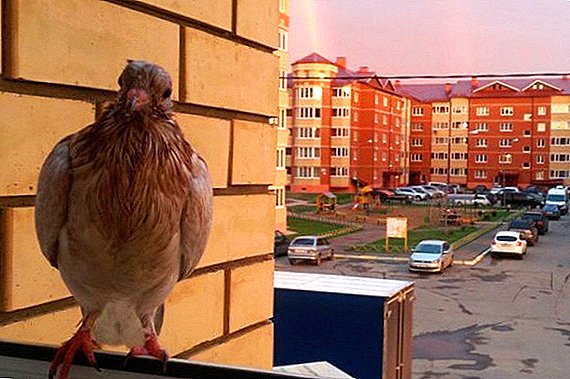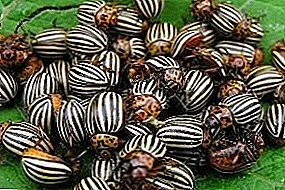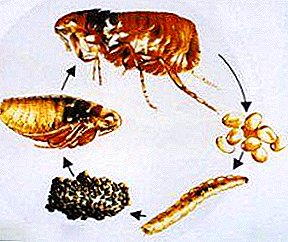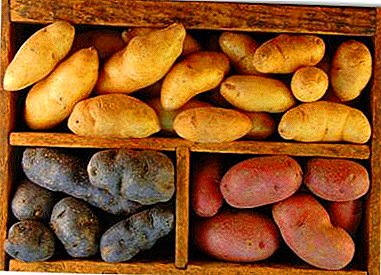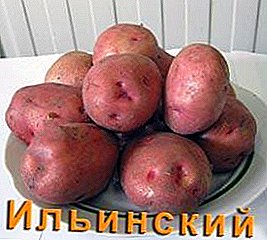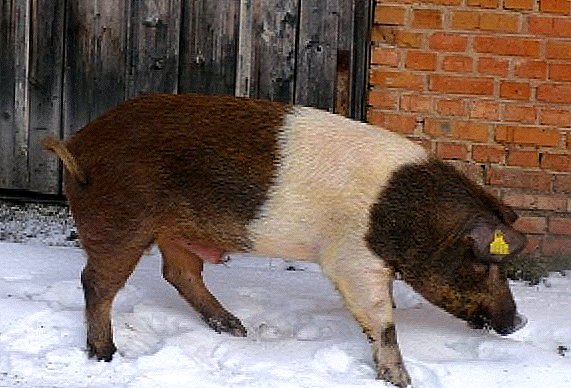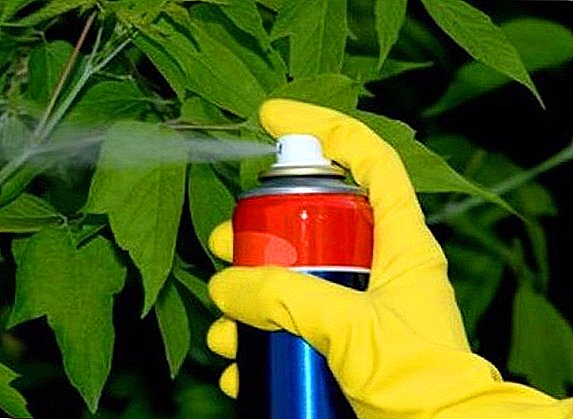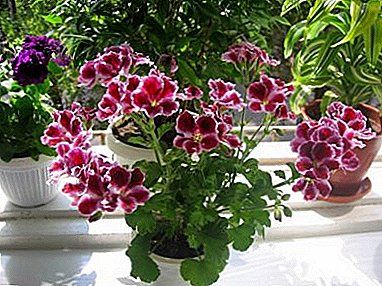
Pelargonium occupies a special place among indoor and garden flowers. This flower adorns the apartments, balconies, flower gardens and gardens.
The plant pleases the eyes of others for a long time, if you ensure proper care and, first of all, choose the right soil and flowerpot for planting - let's talk about that later.
You will also learn when and how to transplant the plant and what care it should be after.
The importance of the right ground
Soil - plant nutrition, no flower can exist without a suitable soil. One of the main tasks of the grower is to choose the right substrate, because it is the key to health and lush flowering of pelargonium.
Soil requirements
Pelargonium requires loose soil, which is well permeable to water and air and has a weak or neutral acidity (pH 5.5-6.5).
Composition
The most suitable soil composition:
- turf ground;
- leaf earth;
- humus;
- sand;
- peat.
Important! Young plants need a lighter ground than adults with a developed root system.
The soil can be lightened by adding peat, sand, perlite, vermiculite. To increase the air permeability, you can add sphagnum moss or cocorange, and to prevent root decay - crushed coal.
How to prepare?
 Ground mix can be purchased in finished form or cook yourself. In the case of the selection of store soil, you should add to it chopped moss or humus, and to maintain moisture - peat.
Ground mix can be purchased in finished form or cook yourself. In the case of the selection of store soil, you should add to it chopped moss or humus, and to maintain moisture - peat.
Independently prepare a soil mix for pelargonium by mixing peat and perlite in equal parts, or one part of peat and sand and 2 parts of sod.
For the normal development of the flower soil should be moderately nutritious - due to the large amount of fertilizer, the plant begins to grow foliage.
Liquid fertilizer should be applied every 3 months, except for winter. Before the flowering period and at its beginning, it is necessary to use top dressing with a high content of phosphorus (how to water and how to feed pelargonium for abundant flowering can be found here). Replace the finished fertilizer can be a solution of 1 drop of iodine to 1 liter of water.
A prerequisite is the presence of drainage, which can be used clay, vermiculite, pebbles.
What pot is needed?
Choosing the right pot for pelargonium is no less important than the right soil. From the capacity depends on the appearance of the flower.
Material
- The most suitable capacity for the plant is a ceramic pot. Ceramics contributes to the uniform distribution of air, retains moisture and soil temperature, protecting the roots from overheating.
- In a plastic pot, the earth dries quickly, but if pelargonium grew for a long time in just such a pot, then it is not worth replacing it with another material during transplantation, it is only important to keep the previous growing conditions.
The size
The size of the flowerpot for pelargonium should not be large, so it blooms only when the roots are cramped in the pot. In a large flowerpot, pelargonium will not bloom until the root system fills its entire volume. The optimal size of the tank is 10-15 cm in height and 12-14 cm in diameter. The presence of perforations for drainage in a flowerpot is mandatory.
When transplanting pelargonium in a new pot, its diameter should be greater than the previous maximum by 2-3 cm.
At home, the plant can be grown in wooden boxes, in which case the distance between the bushes should be at least 20 cm.
Landing process
 Pelargonium is not very fond of being disturbed, therefore transplantation should be carried out only if necessary:
Pelargonium is not very fond of being disturbed, therefore transplantation should be carried out only if necessary:
- 3-4 weeks after grafting, when roots appear on the shoots;
- after appearing on sprouts emerging from seeds, 2-3 leaflets;
- young plants are transplanted into the new soil each year in March;
- adult pelargonium requires transplantation when the pot has become too small.
Landing procedure:
- it is necessary to prepare tanks, drainage and soil in advance;
- put a drainage layer of expanded clay, vermiculite, pebbles or brick dust 3 cm thick at the bottom of the pot;
- carefully remove the flower from the old pot;
- leave the soil on the roots;
- if an old container is used for planting, it must be treated with bleach and then rinsed with water;
- after extracting the flower carefully examine its roots;
- in case of detection of damaged (rotten or diseased) areas, they must be cut off;
- without breaking the soil clod, transfer pelargonium to a new (or treated old) pot;
- sprinkle the root system with new soil, fill the container, ram a bit;
- to water.
With the onset of heat, pelargonium can be planted on the street in the ground, corresponding to the characteristics of that used in growing at home.
Read about the features of planting and transplanting pelargonium in this article.
From the video you will learn how to transplant pelargonium:
What to do after transplant?
- After the plant is planted, it is necessary to water it, put it in the shade for 7 days and make sure that there is no overflow.
- A week later, the flower must be moved to a warm place with a sufficient amount of bright ambient light.
- After 2-3 months, the plant must be fed with superphosphate in order to stimulate flowering.
Pelargonium is not a very demanding plant. To successfully grow a flower, it is important to use the right soil, pick a pot of the right size and ensure proper care. If you fulfill all these simple conditions, pelargonium will respond with a lush and beautiful flowering.


